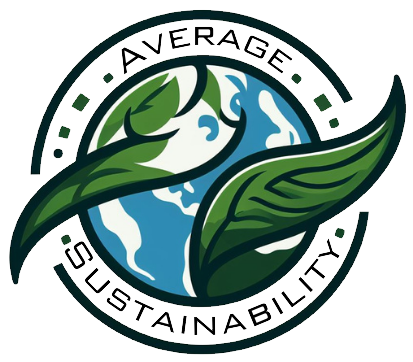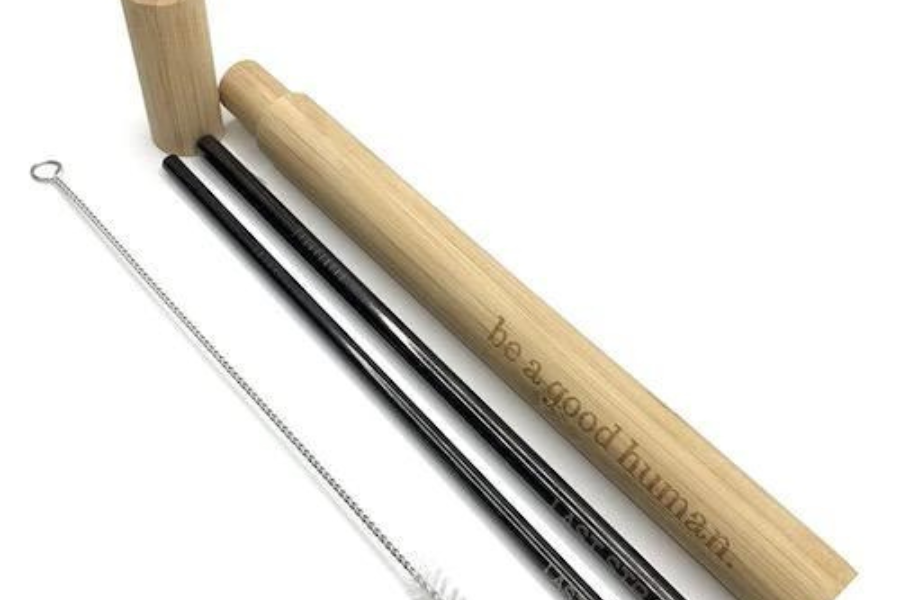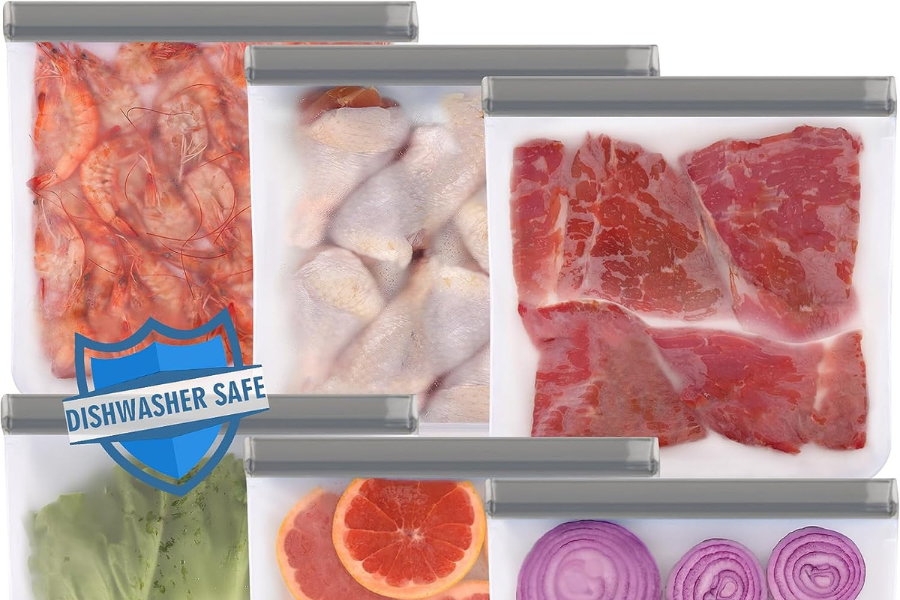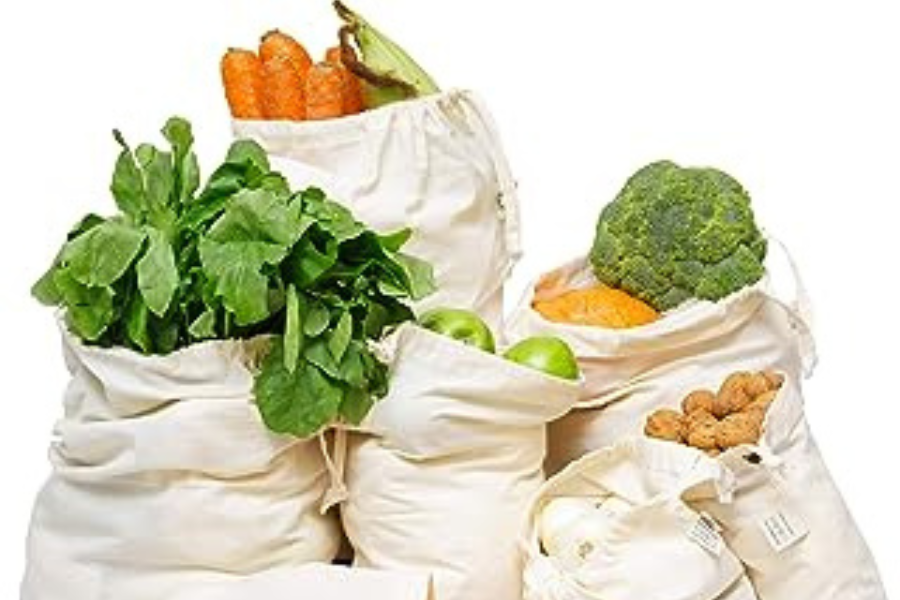Did you ever consider what the personal cost of sustainability would be? The personal time investment and financial cost? I am here to help guide you through the breakdown.
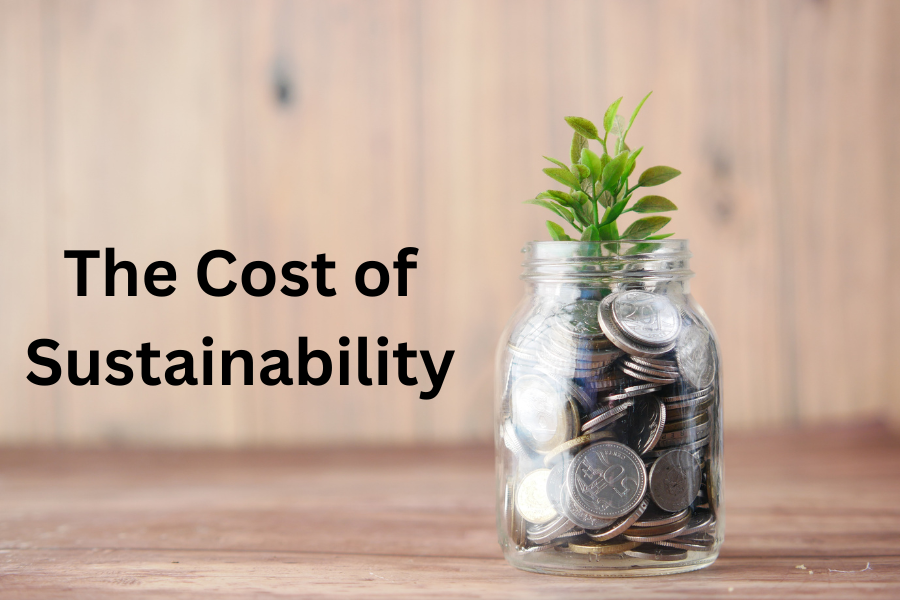
When I talk about the cost of sustainability, I am referring to your time and your money. In this post, I am not going to go into all the specific changes a person could make, but I will give a few different examples and how it will save you money in exchange for time.
I hope after reading this post you can financially justify sustainable changes in your life and in doing so, help the world.
This post is all about the cost of sustainability for the average person.
The Cost of Sustainability
I am going to give 5 examples for you to draw from about the cost of sustainability. I will break these items down by price and then by time. This way of thinking is how I justify a lot of my purchases. I am sure you can relate to the phrase, “My time is valuable too”, so when looking at the cost, there is a monetary value to your time.
1. Reusable Straws
Reusable straws have become popular as the world has started to realize plastic straws impact. The reusable straws can be made of steel, glass, silicone, and even bamboo; but what about the cost of sustainability?
I would say the cost is relatively low. I have a straw that came in a bamboo container for travel that I keep with me and I have a pack of steel straws in my utensil drawer. The straws came with a cleaning brush and I clean out my straws after each use. It takes me about a minute per straw to wash them. I could see a greater cost if you have kids who use straws a lot, but then there is an opportunity for learning responsibility.
Let’s break down the sustainable costs.
The straw set above cost about $17.00. That is $8.50 per straw. A pack of 100 straws at Walmart is $1.62, making each straw $0.016. I use a straw at home every day, so 365 a year. So I would need 4 of the Walmart packs to cover a year making the cost of the plastic straws for the year $6.48. That means in a year and a half I would break even on the monetary investment in the reusable straw. However, there is more to consider than the monetary investment. If I use the straw every day, I wash the straw every day.
Assume a minute each day is used to clean the straw, that is 365 minutes or 6 hours and 5 minutes. There is some soap involved but I will not get into the breakdown of water or soap costs, just time. My job values my time at $25.00 per hour, and the cost of cleaning the straw for the year is $152.00 dollars. I will say I personally do not view the time it takes me to wash my straw as a net loss because I am not going to be doing other activities that are a net gain, I am doing dishes and the straw is a dish. Also, it does not take a minute to wash the straw, that was just easier for the math. The time and costs are also diminished if you use a dishwasher because you can toss the straw in with the other dishes you would be washing anyway.
If you are using your reusable straw every day and take a minute to handwash your straw every day the cost of sustainability for the first year is $0.46 per day. The cost of sustainability for two years is $0.44 per day. The sustainable costs continue downwards.
2. Reusable Food Storage bags
Reusable Storage bags, Stasher bags, and reusable ziplock bags are also becoming popular as single-use plastics are being phased out. These bags are made from silicone and come in many sizes and different types of closures. When looking to buy, see if they are freezer-safe, microwave-safe, and dishwasher-safe.
I would rank this as a higher cost of sustainability, especially if you do not have a dishwasher. I use my bags to store all types of food, from soup to raw meat. The high sustainability costs come from washing and drying the bags. It can take a solid minute and a half to handwash the bag if it has something greasy in it, and then the drying options are to spend more time drying the bag or find a way to prop the bag open to air dry for a half hour.
Let’s break down the cost of sustainability
The cost of the bags pictured above is $14.00 for 6-gallon freezer bags, making each bag cost about $2.33. At Walmart, a box of 60 Ziploc gallon freezer bags is $10.82, meaning each bag costs about $0.18. If you use a freezer ziploc bag a week, you will go through the ziploc disposable bags in a little over a year and need to buy another box. With the reusable freezer bags, you do not need to buy anymore unless you need more bags because you are currently using all 6.
For the love of easy math, I am going to assume you only need to hand wash the reusable bag once a week and forget about it in the drying rack. You will spend a minute and a half a week washing the bags and that will be 78 minutes or one hour and 18 minutes a year. My going rate is $25.00 per hour meaning the time cost to wash the bags is $32.50. For the reusable freezer bags, it’s easiest to throw them in the dishwasher and it will save you time.
I personally prefer reusable bags to Ziplocs because reusable bags are thicker and more structurally sound. I have never fought with a reusable bag zipper part, whereas I thought the Ziploc was closed and it was not.
The cost of sustainability for the reusable gallon freezer bags is $0.89 per week and or (to compare to the straw above) $0.13 per day. The cost of sustainability after two years is about $0.76 per week and about $0.11 per day. The sustainability cost goes down from here.
3. Silicone Baking Mat
A Silicone Baking Mat has been known to bakers for a while. Now that more of the world is watching YouTube cooking shows and becoming more sustainable, baking mats are becoming more well-known and available. An important note, if you buy a baking mat, check the safe temperature range. My oven can get hotter than is safe to use the mat.
The cost of sustainability for this product is going to depend on what you are baking. For pastries, it’s not bad. Wash the mat and the baking sheet does not need to be washed. If you use it as an aluminum replacement for baking bacon (catch all the grease and toss the aluminum), the cost will be higher, because the mat and the pan will need to be washed. For this comparison, I will assume you are baking twice a week and have to wash the pan every time.
Let’s break down the sustainable costs.
The cost of the half-sheet (13″ x 18″ pan) nonstick silicone baking mat above is 28.50 on Amazon. When baking twice a week, that makes the cost per use for a year $0.27. For comparison, I am going to do both aluminum foil and parchment paper. At Walmart, Reynolds Wrap everyday aluminum foil costs $4.48 for 25 yards at 12 inches wide. For a 13″ x 18″ in a pan with a 1 in the rim, you can get about 41 uses from that roll. If you are baking twice a week, you would need two and a half rolls or you would spend $13.44 to have the supplies on hand, but the actual cost per aluminum lining is $0.11. A Reynolds Kitchen parchment paper roll costs $6.98 for 80 feet at 15 inches wide. This means you can get about 48 liners for a roll of Reynolds Kitchen parchment paper making the cost per liner about $0.15. To have your supplies on hand for the year, you would need 2.16 rolls or you need to buy three rolls costing $20.94.
Now, let us look at cleaning time for the mat. I would estimate 2 minutes of scrubbing for the mat to be on the safe side. That would be 4 minutes a week and 208 minutes a year. That is about 3 and a half hours of time. At $25.00 per hour that means you are spending about $86.67 of your time. Remember, a dishwasher negates this cost.
The cost of sustainability for the reusable baking mat for the first year is $1.11 per use or $2.22 per week and for comparison is $0.32 per week. The cost of sustainability after two years of use is $0.97 per use or $1.94 per week and for comparison $0.28 per day. The longer you use the product, the more cost-efficient it becomes.
4. Reusable Shopping Bags
Reusable Shopping Bags are becoming commonplace as single-use plastic bags are being phased out. Reusable bags are made with different materials that offer up insulation and durability benefits. When looking for a reusable bag, consider how difficult it will be to lift when full, how easy will it be to clean and how are you going to store the bags.
Let’s break down the cost of sustainability
The bags above are made from nylon and can be folded up to about the size of a phone case making storage easy as they can be placed in a purse/backpack or on a keychain so they are always with you. For maintenance, they can be machine washed but should be hung to dry. The cost for these bags on Amazon is $33.99 for 34 bags or a dollar a bag.
Using grocery shopping as an example I go shopping once a week and use 8 reusable bags. I machine wash the bags after each use and hang them to dry. I have enough bags that while the bags I used are in my hamper awaiting their turn in the washing machine, I grab my other reusable bags so I am never without one. My reusable bags can hold more items than the plastic bags at the grocery store. My store charges $0.10 per bag. I buy two gallons of milk and the clerk bags them for me, they put the gallons in two plastic bags each, eggs get their own bag and very quickly my 8 reusable bags turn into 18 plastic bags, most with wholes from boxes that have corners. Making it cost $1.80 per week for bags.
At $1.80 per week that means for plastic bags I am paying $93.60 per year, just for grocery bags. That does not include other shopping trips where plastic bags are being phased out. On a side note, I do not know if that means the stores will switch to paper bags and if they will charge you for the paper bags.
The cost of sustainability for using reusable bags for a year amounts to $0.65 a week or $0.09 per day for the first year and after two years and $0.33 per week or $0.05 per day for the second. The sustainability costs decrease the longer you use the bags. This is much more sustainable because you are putting in additional work for cleaning. The amount of bags you will be cleaning might cause you to do another load of laundry, which will depend on your situation but even then, this will save you money.
5. Reusable Produce Bags
This is a less popular change but it is becoming more popular as you see in the grocery stores the reusable produce bags are for sale. These are mesh bags to put loose produce in instead of the plastic bags provided in the produce section.
Let’s break down the sustainable costs.
The produce bags above come in a set of seven with 6 different sizes for $16.99 on Amazon. That makes each bag about $2.43. These bags are machine washable, hang to dry, and have a tare weight label on the bag. The bags are better for storing greens in the fridge because they keep the greens cold and moist but not wet, making your produce last longer. The bags can also be used in the bulk bin section for nuts and grains.
Currently, the stores do not charge you for the plastic produce bags in the store but I do not know if that is going to change as the bags are phased out. At Whole Foods they offer brown paper bags for produce in addition to the plastic, but I have found that they are often empty and the few times I used the brown bag for greens, the greens were wet and made the paper bag wet/tare. I go to the grocery store once a week and use maybe 3-4 produce bags so I do not need to buy any more than what came in the package.
The cost of sustainability for this item is $0.33 a week or $0.05 a day for the first year. For the second year, the sustainability costs were reduced to $0.16 per week and $0.02 per day. There are catches to this product in that if I am using them to store items in the fridge, I would need to buy more produce bags, or if my laundry cycle prevents me from being able to have enough ready for the next shopping trip, I would need to buy more bags. This would change the cost of sustainability. When going through the checkout, make sure the cashier removes the weight of the bag, no need to pay for the bag again.
These are five examples of how to determine the cost of sustainability. Remember to factor in cleaning time and the cost to continuously use that product when deciding what changes you can sustainability make to your life. It is not a big deal or change to wash something if you already have a dishwasher or regularly do laundry, but it can be a pain if you do not have a dishwasher and hate doing dishes. Do what works for you.
Check out How Does the Average Person Make Sustainable Changes HERE
